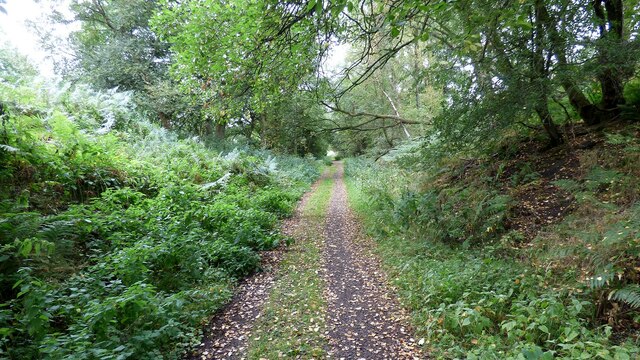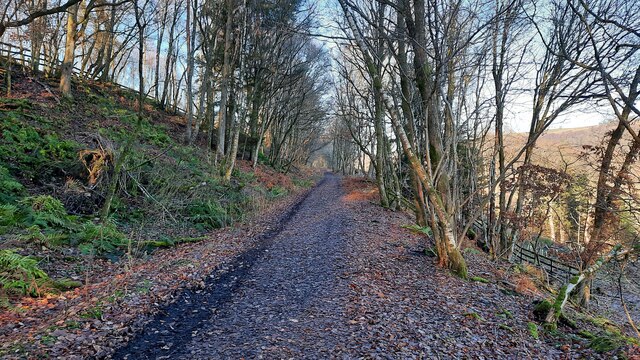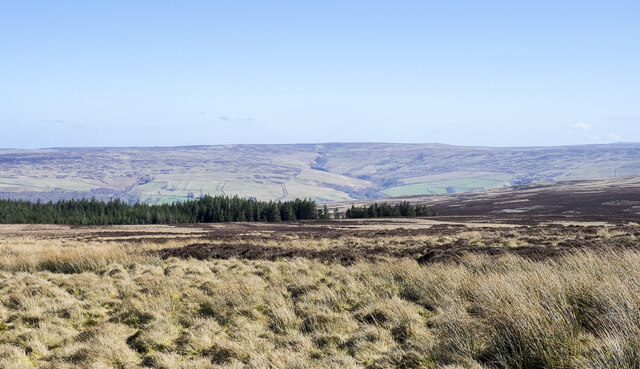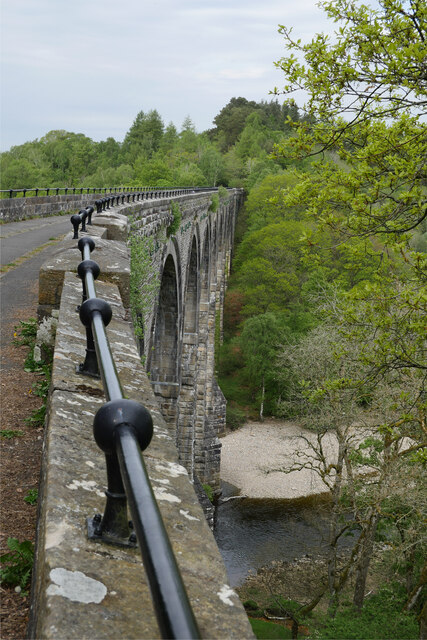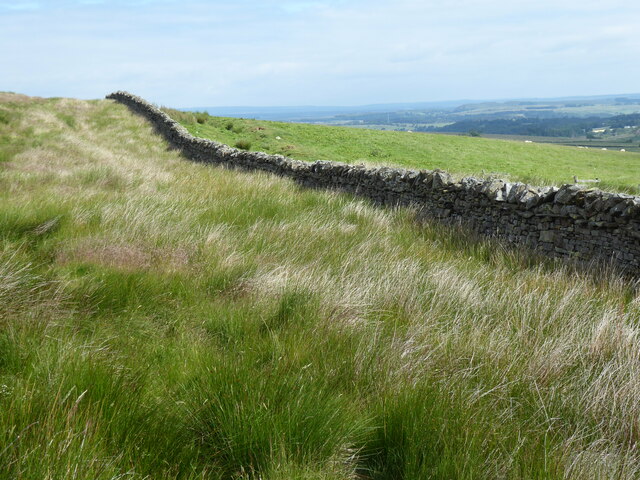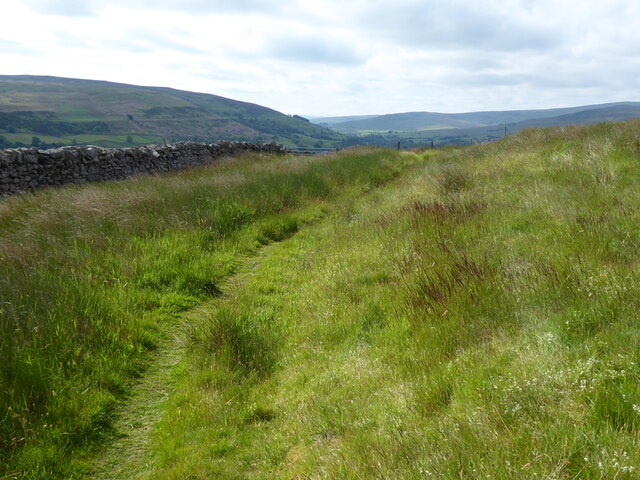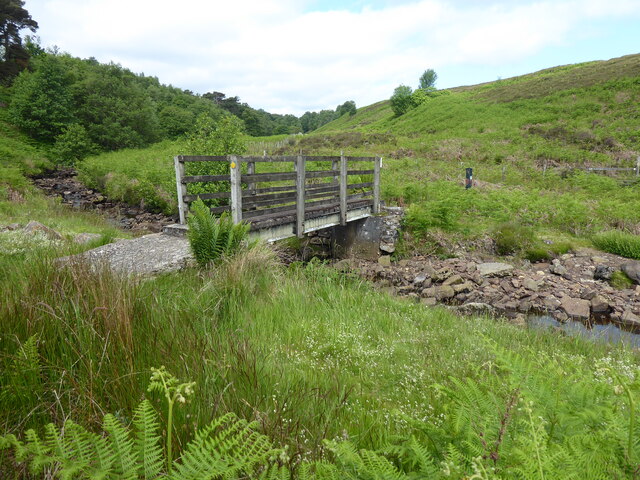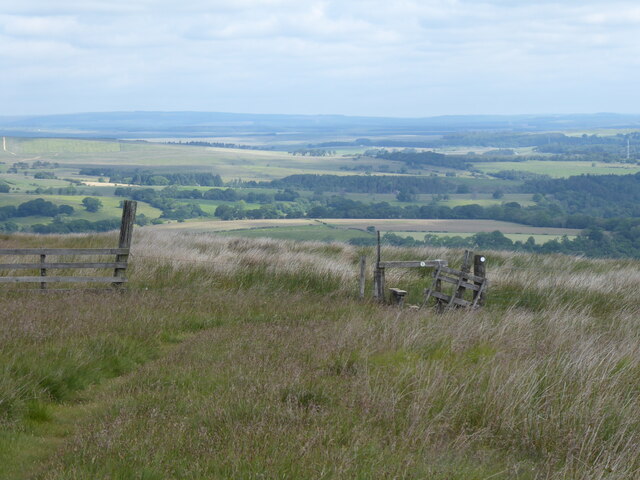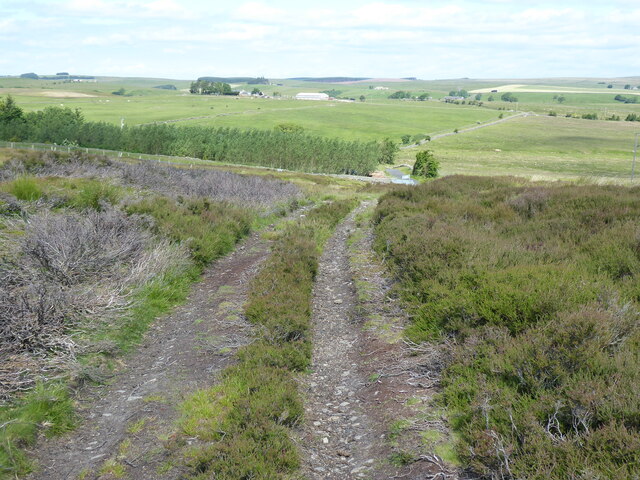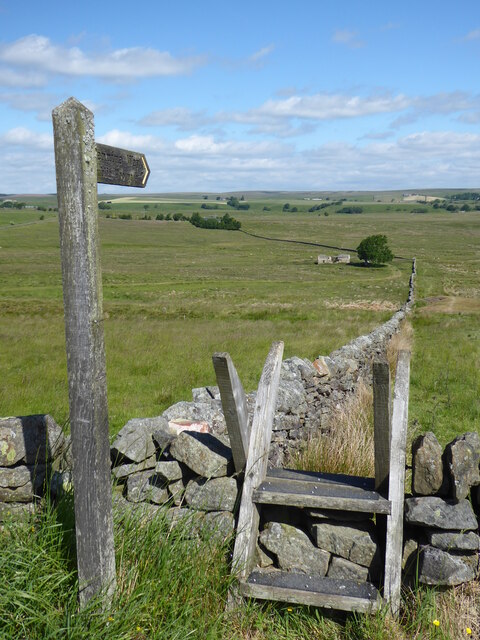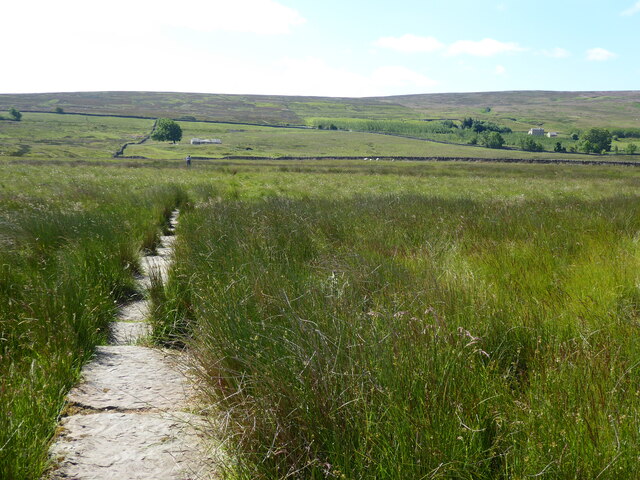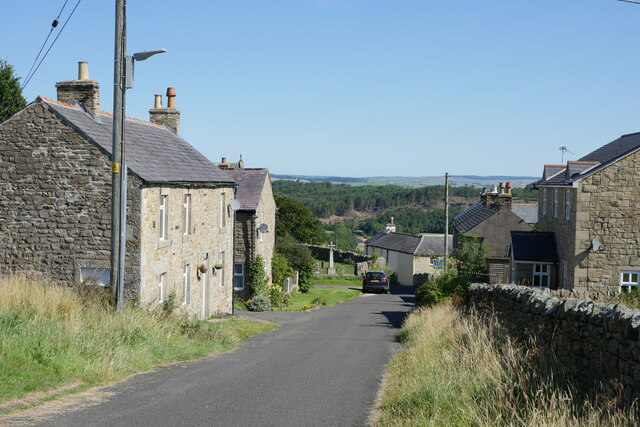Old Moss
Downs, Moorland in Northumberland
England
Old Moss
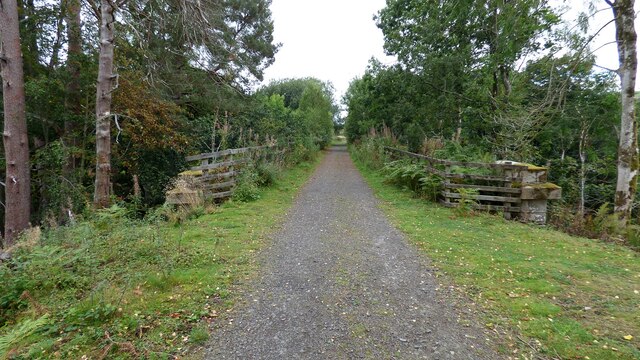
Old Moss is a picturesque village located in the county of Northumberland, England. Situated amidst the captivating Downs and Moorland, this rural settlement offers an idyllic retreat for nature enthusiasts and history lovers alike.
Surrounded by rolling hills and vast stretches of open moorland, Old Moss boasts breathtaking landscapes that showcase the natural beauty of the Northumberland countryside. The area is characterized by its lush greenery, dotted with clusters of charming cottages and traditional farmhouses.
The village itself is steeped in history, with origins dating back centuries. It is believed that Old Moss was first established during the medieval period, and remnants of its rich past can be seen in the well-preserved architecture scattered throughout the village. Visitors can explore ancient churches, quaint stone bridges, and historic landmarks, gaining insight into the village's fascinating heritage.
The Downs and Moorland surrounding Old Moss provide ample opportunities for outdoor activities. Hikers and walkers can traverse the numerous trails that wind through the countryside, offering panoramic views of the surrounding hills and valleys. Birdwatchers can also revel in the diverse range of avian species that inhabit the area, making it a haven for ornithology enthusiasts.
Despite its peaceful and secluded setting, Old Moss is conveniently located within easy reach of neighboring towns and attractions. Visitors can enjoy a day trip to the bustling market town of Alnwick, renowned for its stunning castle and enchanting gardens, or explore the nearby Northumberland National Park, a protected area of outstanding natural beauty.
In conclusion, Old Moss, Northumberland, is a captivating village nestled amidst Downs and Moorland, offering a tranquil haven for those seeking an escape to the beauty of the British countryside.
If you have any feedback on the listing, please let us know in the comments section below.
Old Moss Images
Images are sourced within 2km of 54.909999/-2.5262412 or Grid Reference NY6657. Thanks to Geograph Open Source API. All images are credited.
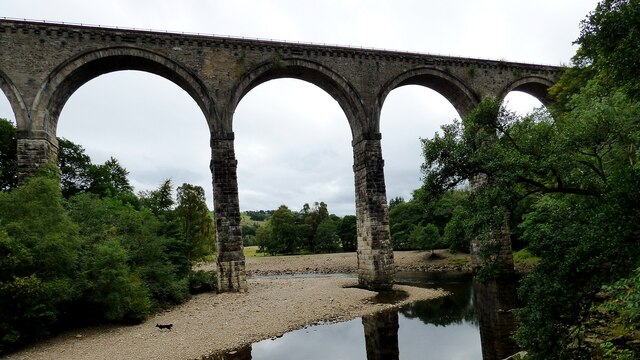
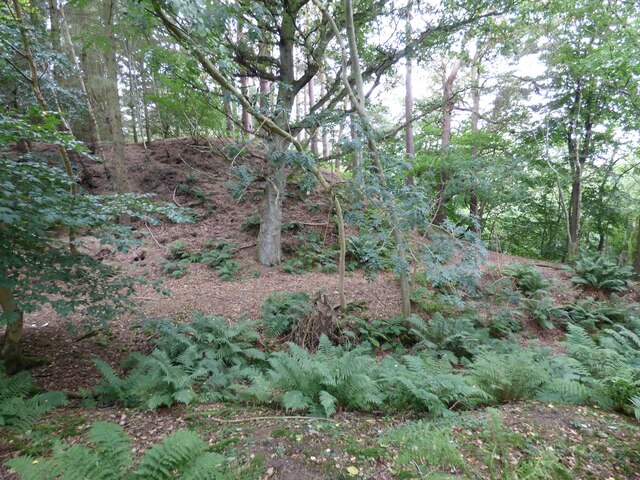
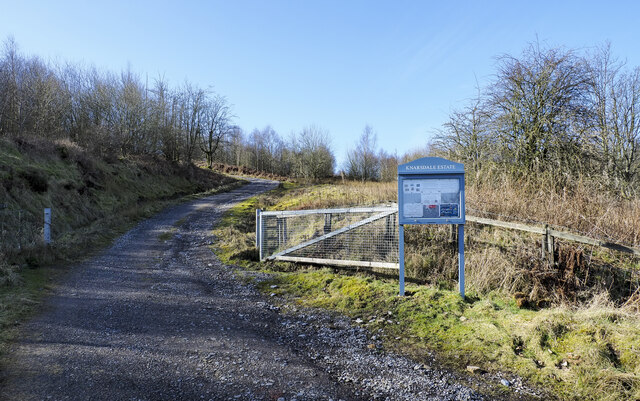
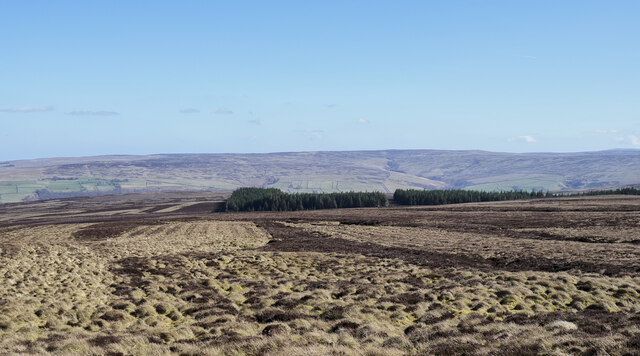
Old Moss is located at Grid Ref: NY6657 (Lat: 54.909999, Lng: -2.5262412)
Unitary Authority: Northumberland
Police Authority: Northumbria
What 3 Words
///choppers.vibe.draw. Near Greenhead, Northumberland
Nearby Locations
Related Wikis
Lambley railway station
Lambley was a railway station on the Alston Branch Line, which ran between Haltwhistle and Alston. The station, situated 4+3⁄4 miles (8 km) south-west...
Lambley, Northumberland
Lambley, formerly known as Harper Town, is a village and former civil parish, now in the parish of Coanwood, in Northumberland, England about four miles...
Halton Lea Gate
Halton Lea Gate is a small village in Northumberland, England, on the A689 road close to the boundary of the counties of Northumberland and Cumbria. The...
Coanwood railway station
Coanwood was a railway station on the Alston Branch Line, which ran between Haltwhistle and Alston. The station, situated 4 miles (6 km) south-west of...
Coanwood
Coanwood is a village in Northumberland, England, and is part of the Parish of Haltwhistle. It is about four miles (6 km) to the south-west of Haltwhistle...
Midgeholme Coalfield
The Midgeholme Coalfield is a coalfield in Midgeholme, on the border of Cumbria with Northumberland in northern England. It is the largest of a series...
Featherstone, Northumberland
Featherstone is a village in Northumberland, England about 17 miles (27 km) west of Hexham, and about 3 kilometres (2 mi) south of Greenhead. == Featherstone... ==
Featherstone Castle
Featherstone Castle, a Grade I listed building, is a large Gothic style country mansion situated on the bank of the River South Tyne about 3 miles (5 km...
Nearby Amenities
Located within 500m of 54.909999,-2.5262412Have you been to Old Moss?
Leave your review of Old Moss below (or comments, questions and feedback).
